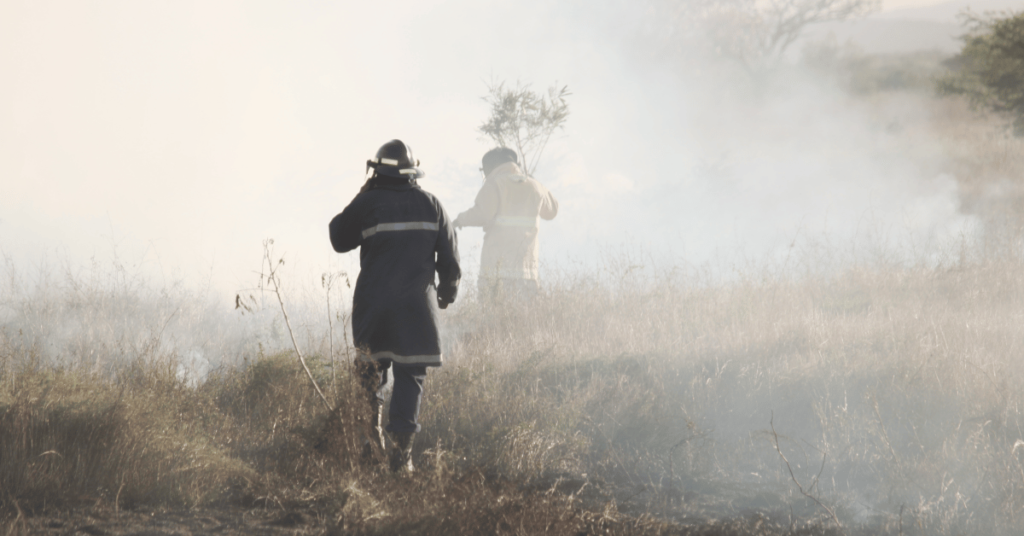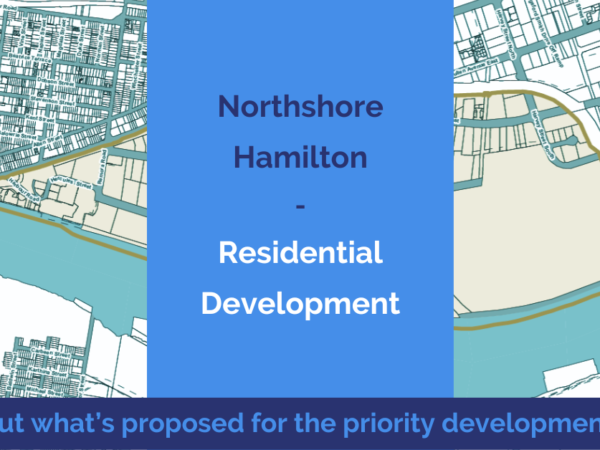With a dry El Nino event forecast this Spring and Summer by the Bureau of Meteorology and the potential for increased bushfire risk, we reflect on the past few years of various bushfires in NSW, Victoria and Canberra, where in the latter, we recorded the worst air quality in the world smothered in hazardous smoke, and it was found that several buildings may not have been as airtight as first presumed registering a poor indoor air quality.

Indoor air quality and Australian standards – “She’ll be right mate”?
As stated by a study from the Australian National University (ANU), the Building Code of Australia (BCA) has no requirement for verification of a building’s air tightness (Australian Building Codes Board, 2010). This lack of air tightness can include cracks, flow through joints, and porous surfaces. Other findings by the ANU study include:
- There are few published studies of air tightness in Australian buildings
- When compared to Europe and America, air leakage rates are much higher in Australia
- A study over 13 European countries concluded that 53% of heating energy is lost to air leakage
- An American study concluded that the lowest air tightness, hence the highest air leakage, occurs in climates that require cooling
- The ANU study concludes that there is a need for further research on air leakage typical in Australian buildings, as inaccurate air leakage assumptions equate to unpredictability, as not all buildings or climates are affected equally
Indoor air quality and health risks
As seen in the Southern states, smoke from the bushfires posed a health risk to many people due to poor air quality. One study of an office building in Canberra during the 2019/20 bushfires showed that it was assumed that indoor air quality would be healthy enough to protect its occupants. This study found that mechanical ventilation systems, especially if older, were insufficient for air quality, with measured data for indoor concentrations of CO2, PM10 and PM2.5 (the ultrafine particles we find in bushfire smoke) recording up to 12 times higher than the recommended critical thresholds.
Furthermore, the study highlighted that more needs to be known about weather events affecting indoor environments, as long-term smoke exposure can increase the risk of lung disease and heart disease, and has also been associated with an increased risk of several cancers due to the carcinogenic nature of wood smoke which contains at least 200 different chemicals. Therein, airtight buildings form a big part of the equation to prevent air pollutants from infiltrating indoor environments, in particular, in major urban centres where bottlenecks of smoke can occur and cause significant health issues to large populations.

Indoor air quality – The challenges
There is a lack of data to support indoor air quality during extreme bushfires, where smoke can travel widely. There’s a need for improved Australian standards and enforced compliance of whole building air tightness testing and improved design ratings for well-sealed buildings, as is common in Europe and America.
It is best if air tightness is factored into the earliest stages of the design phase and continues throughout construction, as it is harder to resolve post-construction. The shape of the building needs to be considered when calculating air leakage, as different volume-to-surface area ratios provide different air tightness rates. In light of commercial, office, and high-rise residential buildings, the challenge is that the larger the surface area, the more difficult it is to calculate air leakage / tightness.
Summary
Catastrophic climate events are increasing in Australia, and when considering severe bushfire seasons, the advice from health professionals has always been to stay indoors to protect people from smoke inhalation. Whilst this measure is better than being outdoors, research shows that mechanical ventilation systems are insufficient for air quality due to buildings lacking air tightness.
In our view, there is a need for Australian buildings, in particular, office, commercial and high-rise residential buildings which contain larger populations, to at the very least, reach the same standards as Europe and America by continuing research into air tightness.
The challenge is Australia’s differing climate, combined with the volume-to-surface area ratios of these buildings, as it is more difficult to calculate their air leakage / tightness. The main takeaway for developers is to factor in air tightness as best as possible in the earliest stages of the design phase and continue throughout construction, as it is more difficult to resolve post-construction.
(Sources: Annie Egan, M.AIRAH ANU 2012; The Urban Developer 2021; Nine News 2020; NHBC Foundation 2009; AIRAH 2017; The Fifth Estate 2022; The Australian 2020; Buildings & Cities 2021; Health Research Institute 2023)
(Note: The information compiled to write this article is made in good faith only and is derived from sources believed to be reliable and accurate at the time of publication).
Looking for your next construction job? Search our current construction roles here, or to chat with our team about securing your next opportunity, get in contact with us through our Contact Us page.
Receive our updates straight to your inbox




